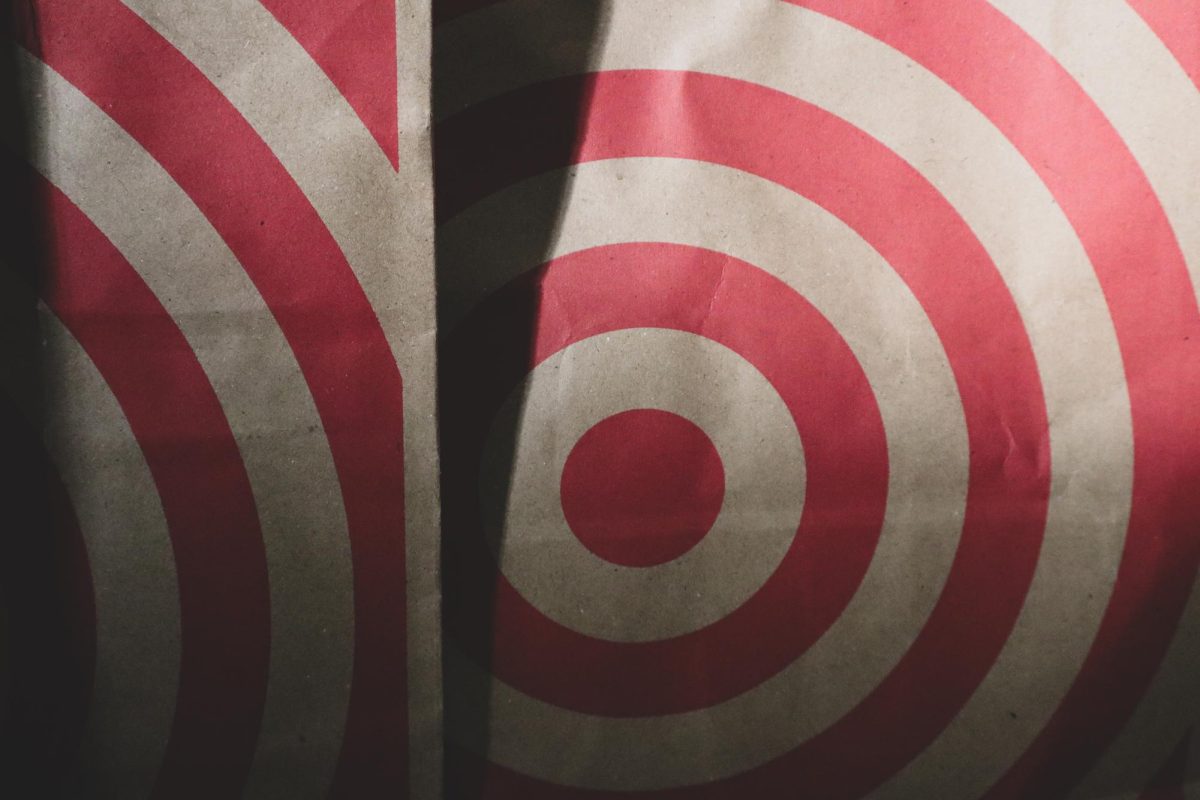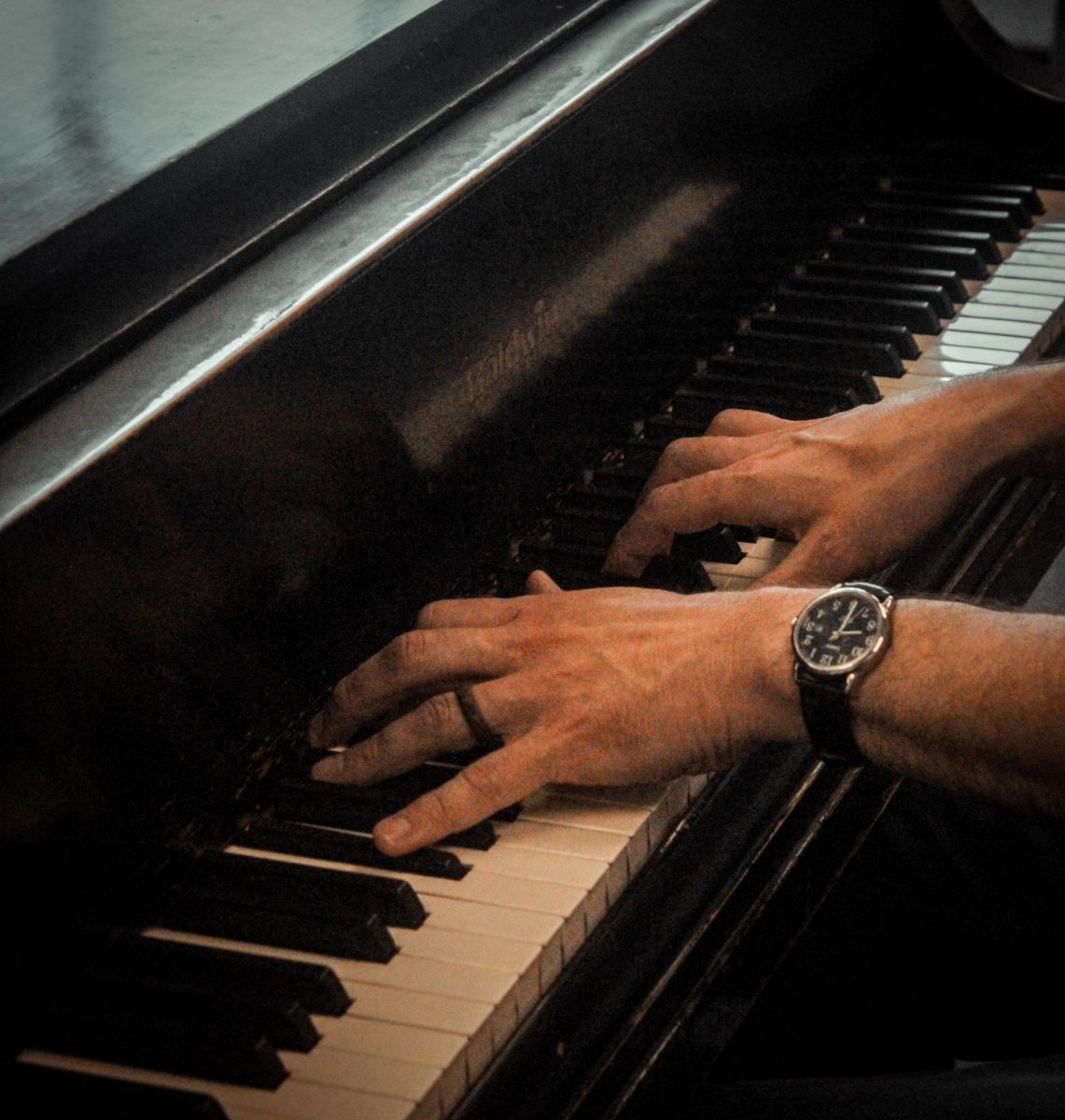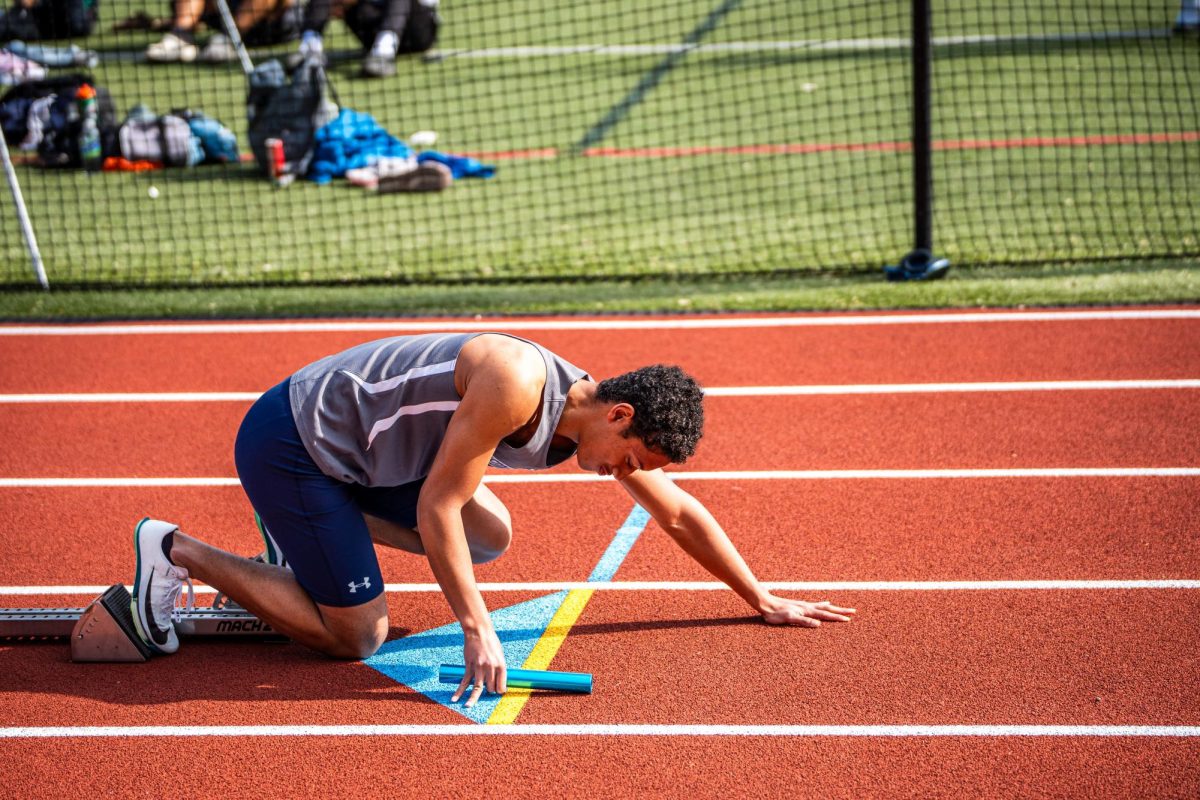On September 8th, 2016, NASA sent a spacecraft only about 20 feet long to bear the elements of our solar system outside of the safety of our atmosphere. OSIRIS-REx, or Origins, Spectral Interpretation, Resource Identification, and Security-Regolith Explorer, was NASA’s first mission that attempted to collect a sample from an asteroid in our solar system, Bennu.
The OSIRIS spacecraft recently deposited the samples it collected from Bennu on September 24, 2023, and since then scientists have been hard at work examining the samples. Scientists at NASA are looking for clues that can tell them a little more about the formation of our solar system, due to the fact that any original rock from the Earth’s formation has been “erased” from the surface by erosion and natural weathering over thousands of years.
For the past few months, NASA has been examining the sample of Bennu’s regolith that the OSIRIS spacecraft returned to Earth, and they’ve found multiple promising results.
Even before NASA sampled Bennu, they chose that specific asteroid for a few reasons. Scientists knew that the rock would be rich with organic compounds that act as the building blocks of life. After examining the sample, preliminary tests showed that the sample showed high levels of carbon content and water.
In a news release published by NASA, NASA administrator Bill Nelson said, “The OSIRIS-REx sample is the biggest carbon-rich asteroid sample ever delivered to Earth and will help scientists investigate the origins of life on our own planet for generations to come.”
These preliminary tests and studies being run on the asteroid sample are showing auspicious results, specifically with carbon content. More time will allow us to learn more about what kinds of carbon are making up the sample, but this is a great start.
According to NASA.gov, “For the next two years, the mission’s science team will continue characterizing the samples and conduct the analysis needed to meet the mission’s science goals.”
Even though the process will be long, the results will be worth it. Everyone is buckling in to see what promising things Bennu will show us about the origins of our solar system, 4.6 billion years ago.
While the sample was deposited here on Earth, the OSIRIS-REx spacecraft turned tail and left Earth’s vicinity to travel to the asteroid Apophis, which it’s projected to reach in 2029: the OSIRIS-REx mission now renamed OSIRIS-APEX (OSIRIS-Apophis Explorer).
The OSIRIS-REx mission marks the beginning of humanity investigating the origins of our universe, and hopefully will serve as a promising springboard for generations to follow.
Sources Used:
https://science.nasa.gov/mission/osiris-rex/
https://science.nasa.gov/mission/osiris-rex/in-depth/
https://science.nasa.gov/mission/osiris-rex/osiris-rex-faq/
https://www.nasa.gov/news-release/nasas-bennu-asteroid-sample-contains-carbon-water/

























